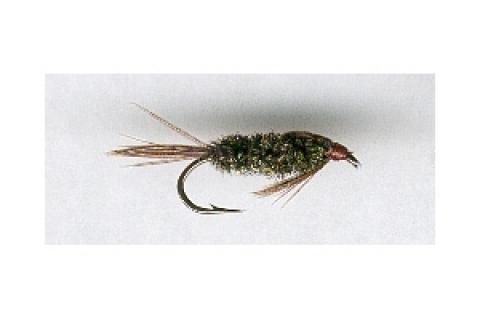
 Recently a good friend had asked me what I preferred — synthetic or natural materials — when constructing my favorite fly pattern bodies. As I thought more about this question, I would have to say that I like both synthetics and naturals when I tie, but if I had to choose one material for constructing fly bodies that I would call my favorite, hands down it would be peacock herl.
Recently a good friend had asked me what I preferred — synthetic or natural materials — when constructing my favorite fly pattern bodies. As I thought more about this question, I would have to say that I like both synthetics and naturals when I tie, but if I had to choose one material for constructing fly bodies that I would call my favorite, hands down it would be peacock herl.
If you are a new tier or just have never experimented with peacock herl, you certainly need to venture out. This special material has qualities that no synthetic could ever copy while being easy to use and economical, too.
The color, shine and softness of herls are what make them so attractive to fish but this flimsiness is also what makes them a pain for tiers. There is no doubt that using peacock herl in your favorite patterns will get the fish to bite, but without any special treatments, the chance flies will be able to hold up to the abuse of a marauding trout is not good. One option is to simply tie more flies, or else you can try a few tricks to help you beef up the herls that you plan on using.
The best technique that I have learned over the years to use when tying with peacock is to create a herl rope. By creating a herl rope, you are in effect winding thread around your herls so if they happen to break from abuse they won't unwind. This rope technique also builds a rope that is thick, bushy and easily creates hefty bodies for your flies.
How to create a Peacock Herl Rope:
- Select several similar sized peacock herls (4-6) and tie them to the hook shank by their tips.
- Create a thread loop (with black thread) as long as the herls and insert your dubbing loop tool.
- Slide the herls into the loop and place pressure on the loop with the loop tool so that the herls hold in place.
- With the loop held tight, spin the tool to bind the herls.
- Keep spinning the loop until a thick bushy rope is constructed with a chenille looking appearance. (Note: The loop and herl will become shorter as you spin the tool.)
- Once you are happy with the herl rope quality, wrap the rope up the hook shank for the fly, creating a nice even peacock body.
- 6976 views

